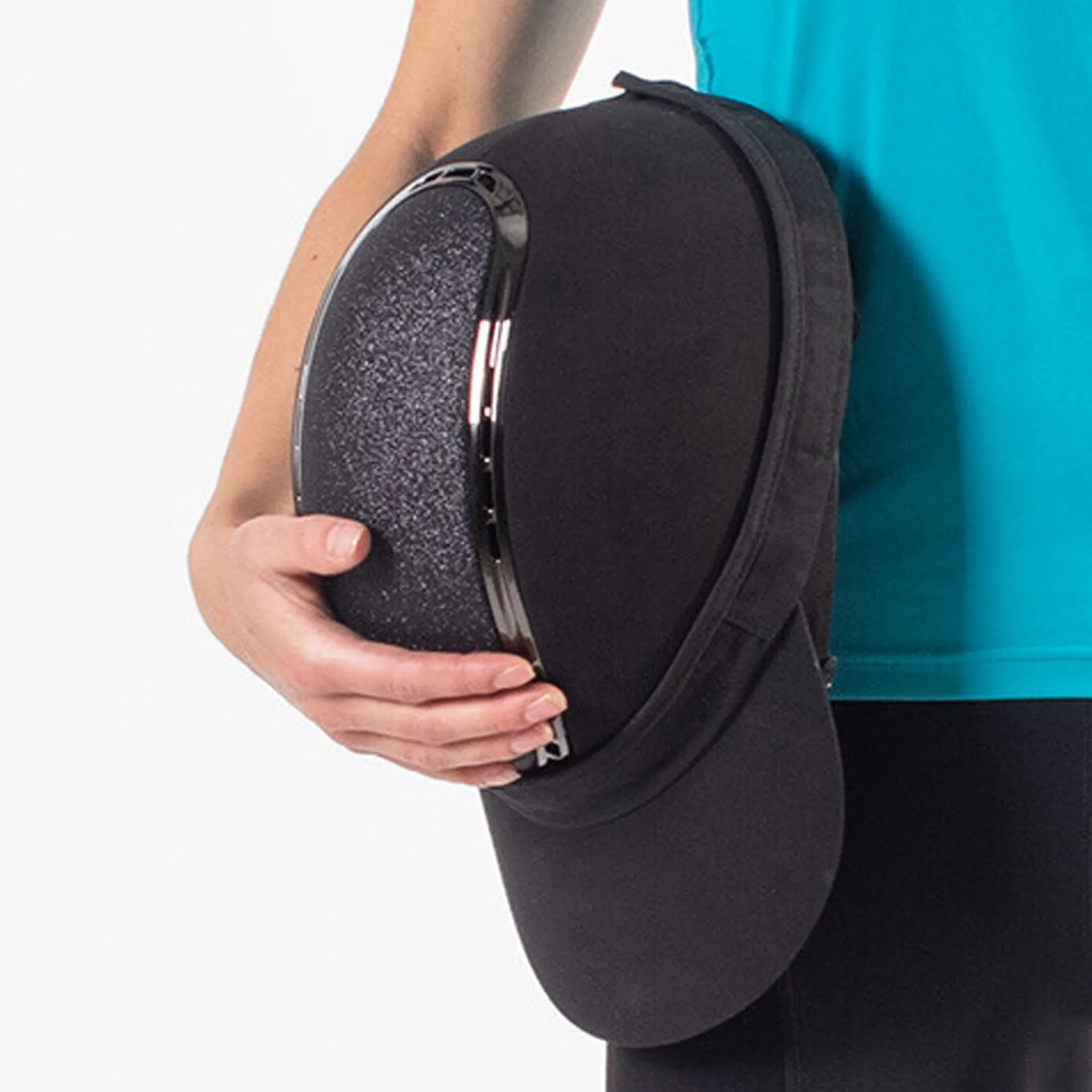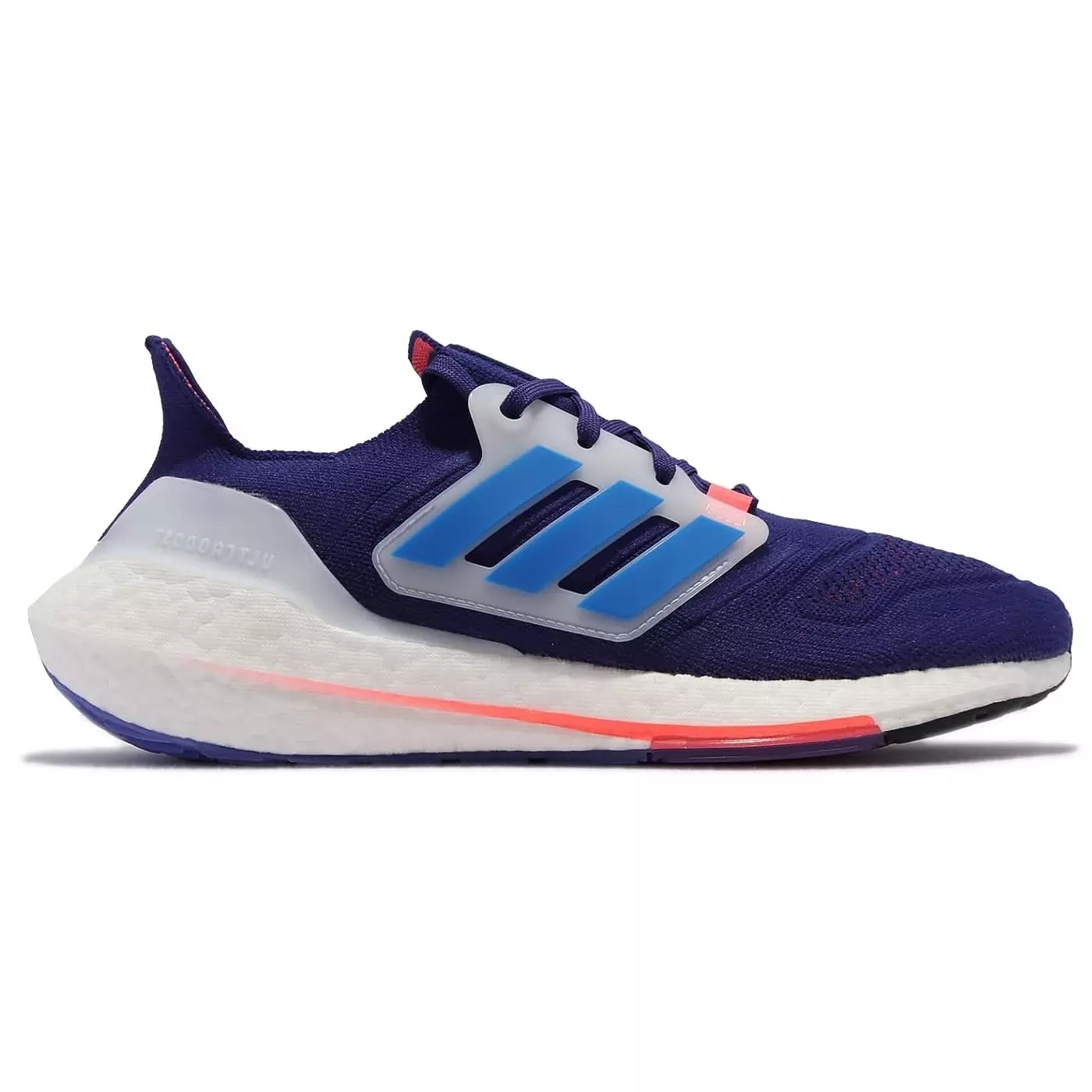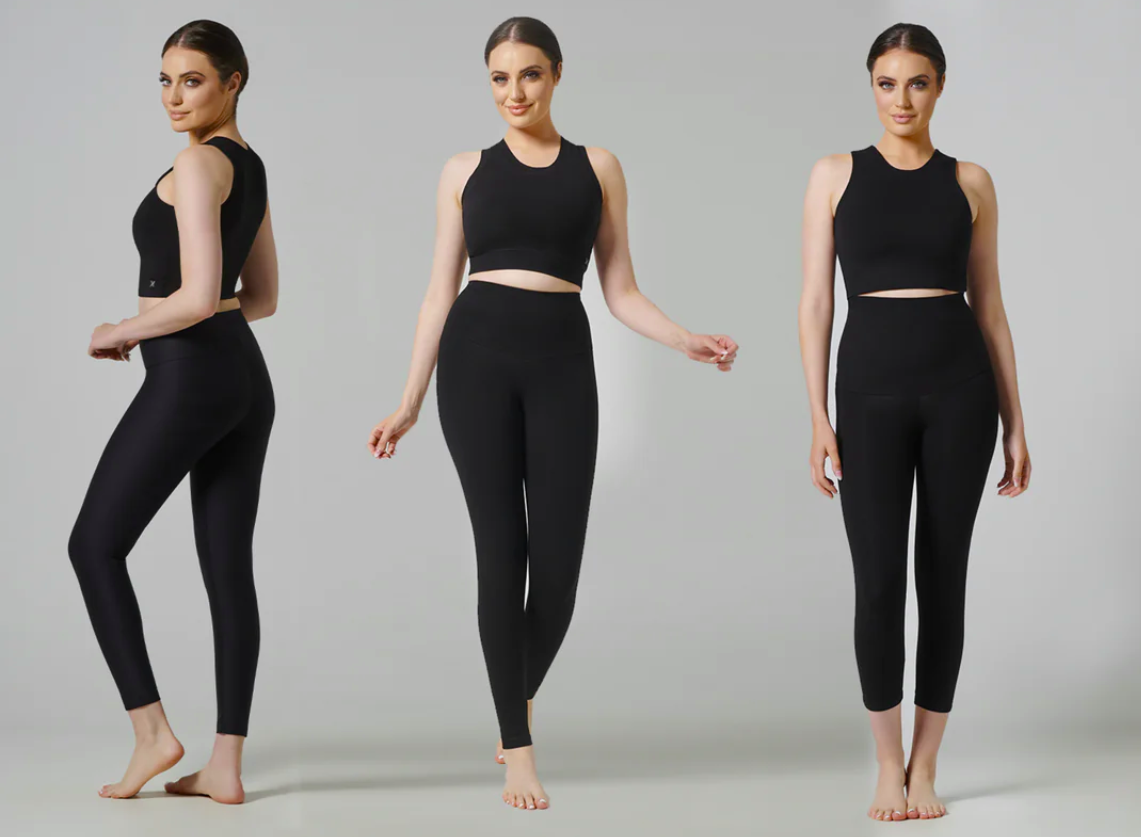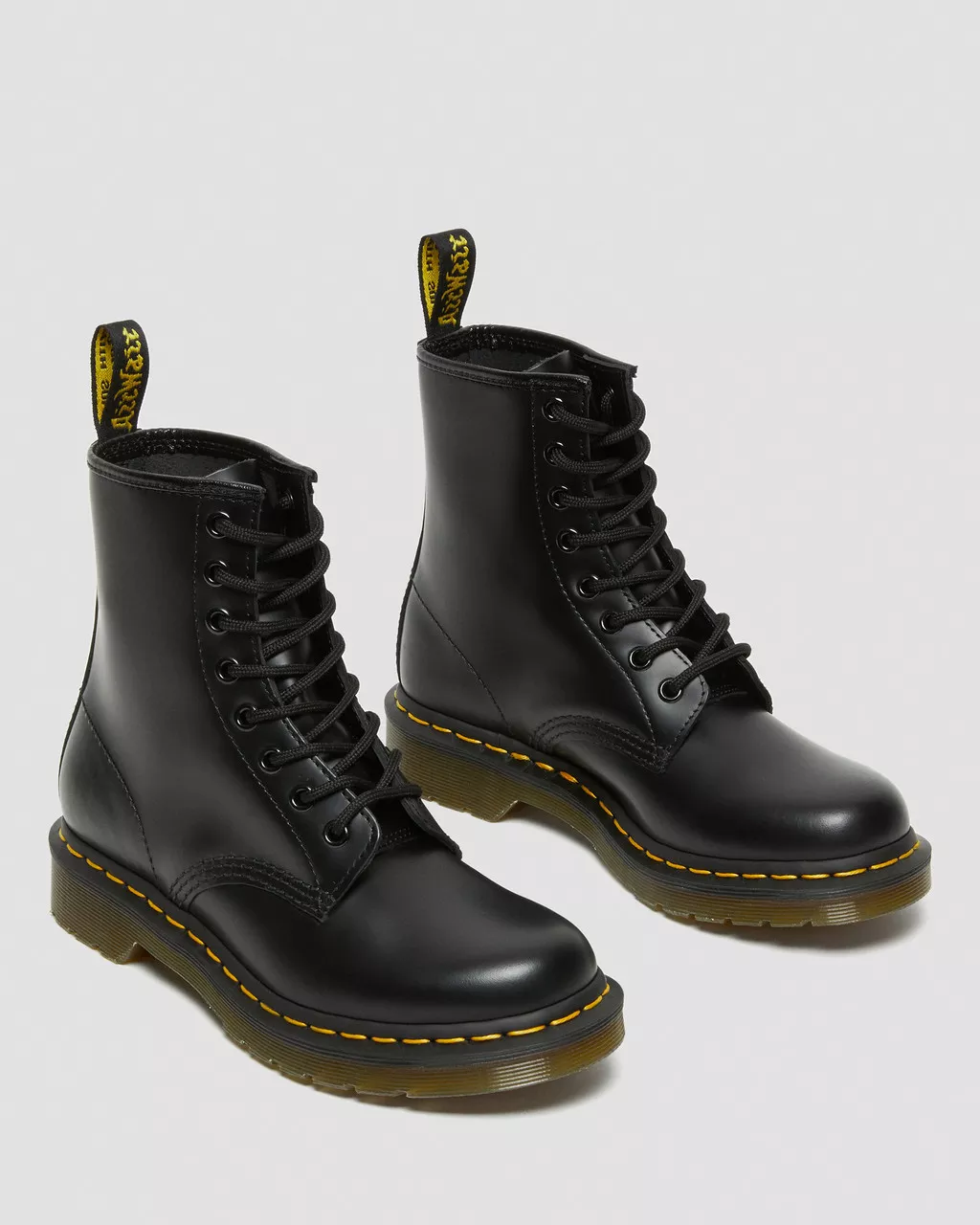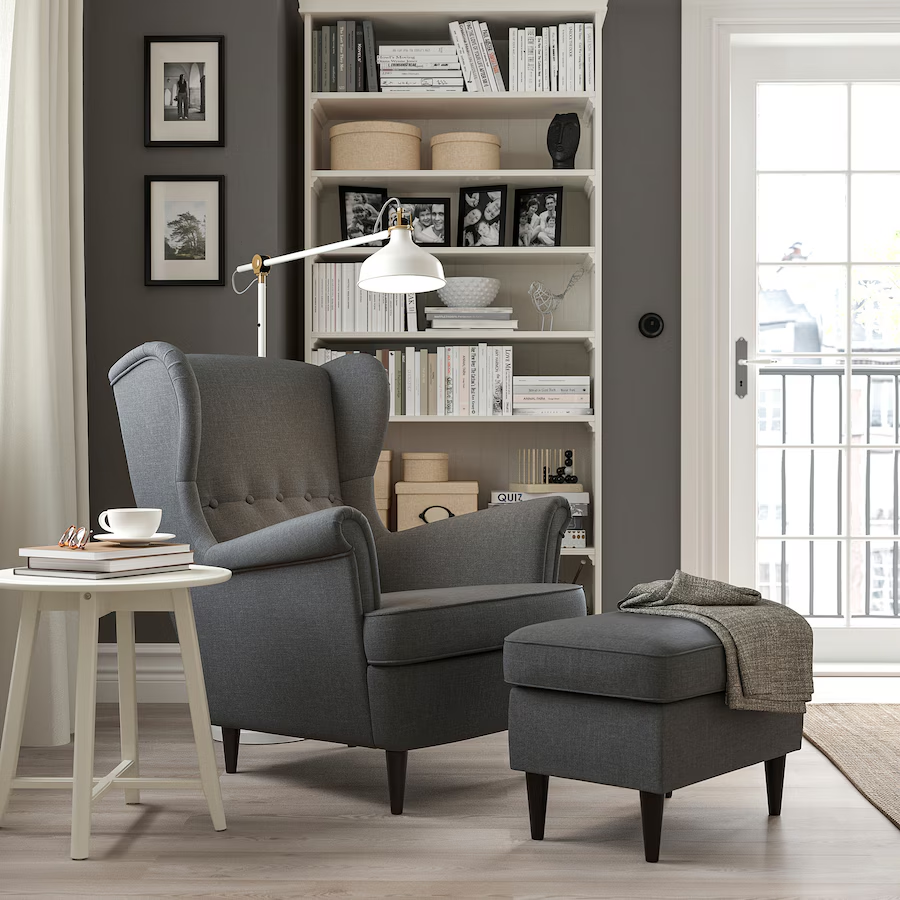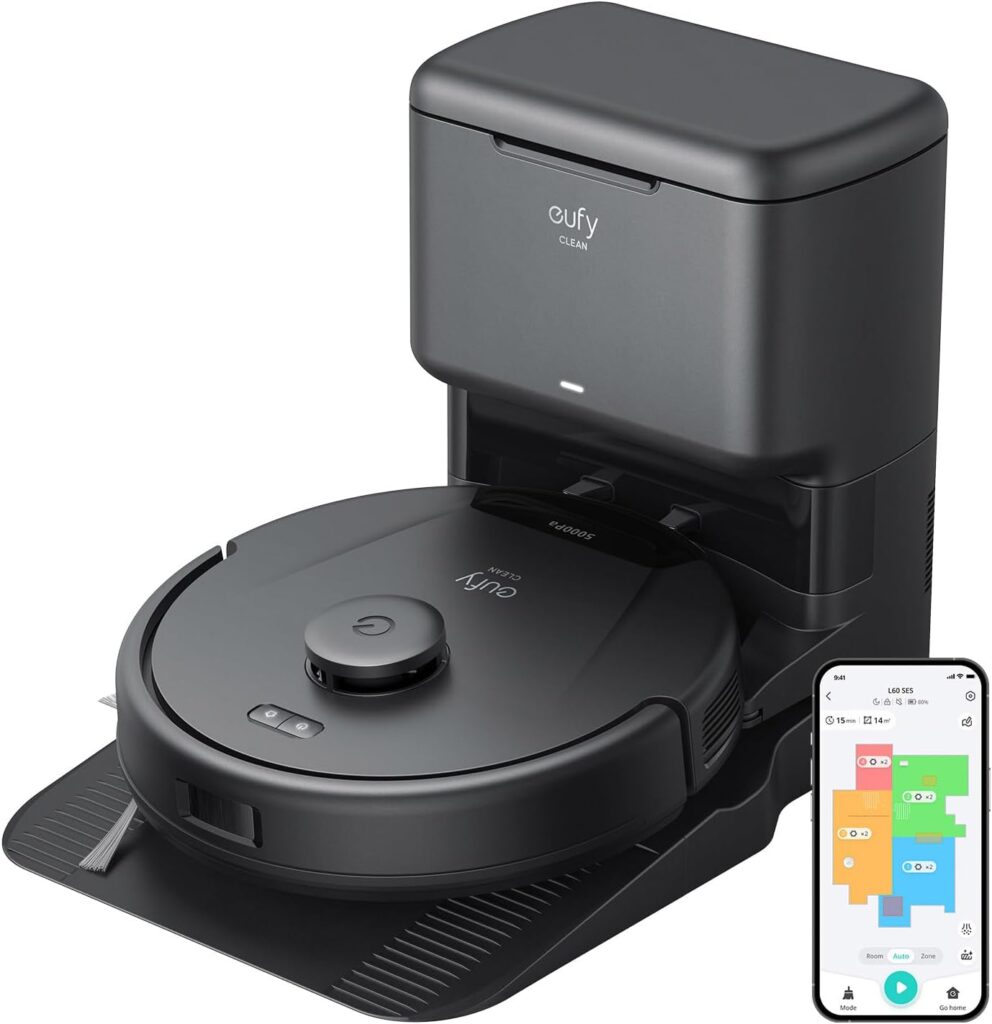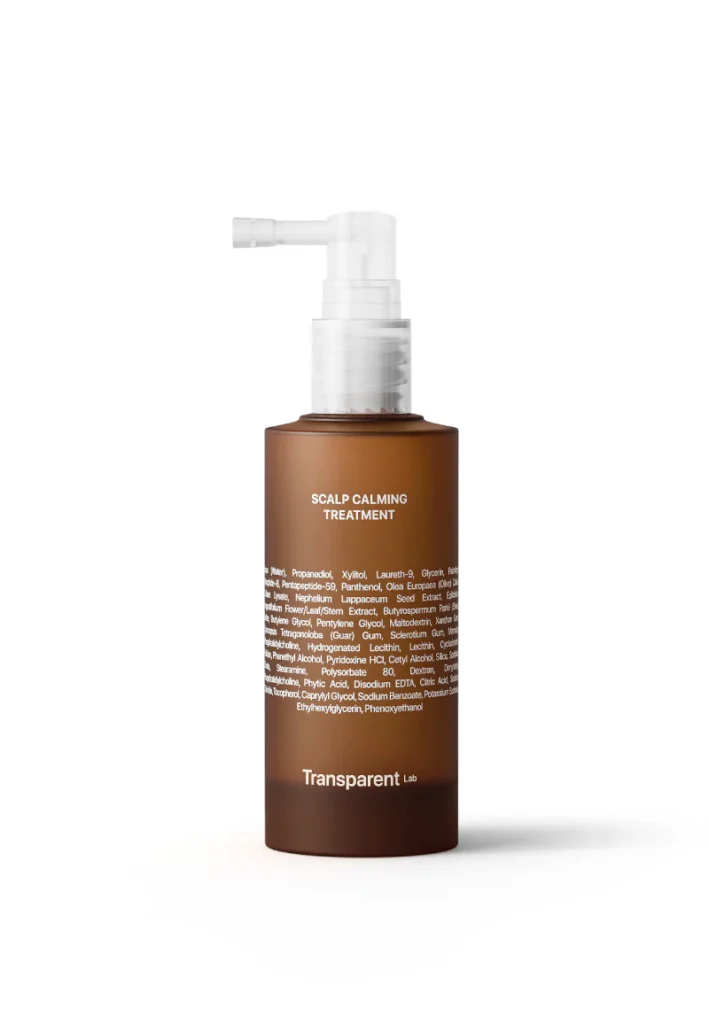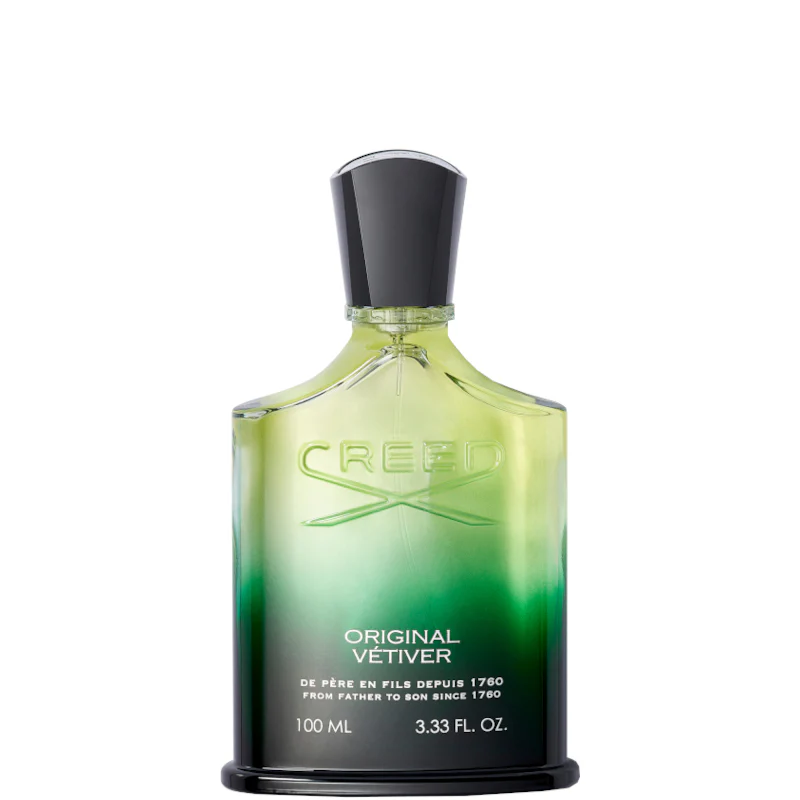A helmet you forget you’re wearing is the goal: secure when you sit tall, stable in two-point, cool on hillwork, and compliant at shows. This guide walks you through the decisions that matter — safety standards, shell shapes, fit systems, ventilation, liners, visors, show rules — so you can choose confidently and ride with focus. We’ll use the curated selection of EQUESTRIAN HEADWEAR as a practical reference for modern, certified helmets across disciplines and budgets.
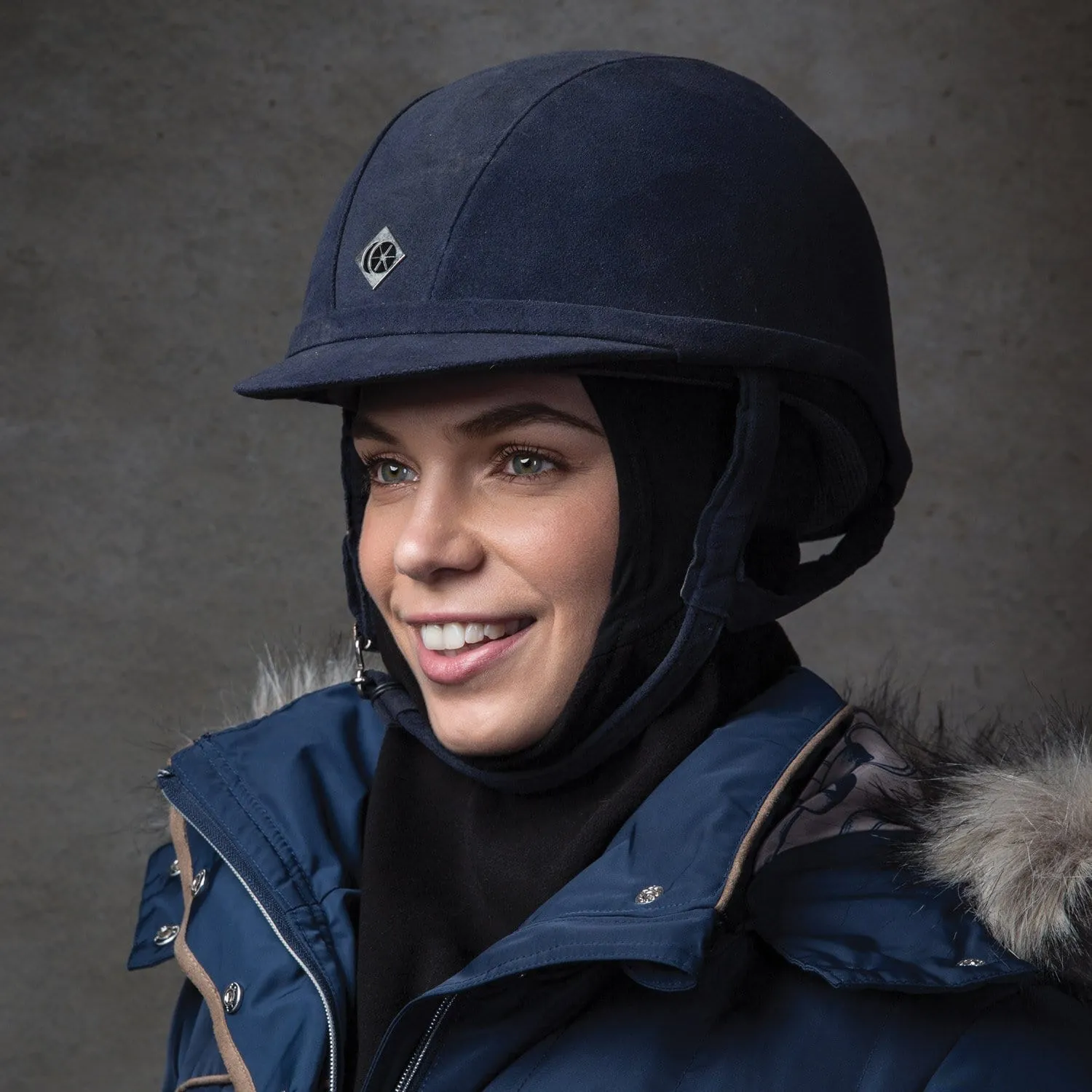
Safety Standards, Decoded (So You Don’t Need a PhD)
You’ll see strings of letters and numbers on tags. Here’s the plain-English version:
- PAS 015: A widely recognised UK standard with rigorous testing for impact and crush resistance.
- VG1: The EU spec that many show bodies accept; often seen alongside others.
- ASTM/SEI: North American standard; some international riders prefer dual-certified lids.
- Additional tech (e.g., MIPS/rotational systems): A low-friction layer designed to reduce rotational forces in angled impacts.
The EQUESTRIAN HEADWEAR assortment makes it easy to filter for the certification(s) your riding and show body require — less second-guessing, more saddle time.
Shell Types: Peaked Hat vs. Skull Cap
- Peaked riding hats: Classic look with a flexible or structured visor for sun and rain deflection; popular for dressage, show jumping, and everyday hacking.
- Skull caps: Smooth, peak-less shells typically worn with silk covers; favored for eventing, cross-country, racing, and disciplines where a snag-free edge is preferred.
Functionally, both can be equally safe if certified. Choose by discipline rules and how you ride. Many EQUESTRIAN HEADWEAR models come in both silhouettes with similar interiors.
Fit Is Safety (and Comfort)
Even the best helmet underperforms if it doesn’t fit. Use this three-minute protocol:
- Measure: Wrap a soft tape just above the eyebrows and around the bump at the back of your head. Note the centimetres.
- Shape check: Heads tend to be round or long-oval. If helmets slide forward/back but not side-to-side, you may need a more oval interior — and vice versa.
- Try on: Place the helmet level (not tipped back). It should feel snug all around with uniform pressure and no hot spots.
- Shake test: With the harness unfastened, gently shake your head. A correct fit barely moves.
- Harness: Fasten the chinstrap so you can fit one finger between strap and chin. Y-straps should frame (not sit on) your ears.
Quick rule: If you can push your helmet up from the front and it slides to reveal your forehead, it’s too big or the harness is loose. The selection inside EQUESTRIAN HEADWEAR includes micro-adjust dials, interchangeable padding, and size ranges to dial in that secure, “forget-it’s-there” feel.
Ventilation & Weight: Cool Heads Think Clearer
Airflow matters on summer hacks, jump sets, and long schools. Look for channelled EPS liners and front-to-rear vents that move heat out as you ride. Lightweight shells reduce neck fatigue and make correct posture easier to hold. Many modern options in EQUESTRIAN HEADWEAR pair deep ventilation with low-profile silhouettes so you get cool comfort without a bulky look.
Liners, Pads, and That Clean-Helmet Feeling
Removable, washable liners are the unsung heroes of happy helmets. Sweat happens; liners keep hygiene simple. Multiple pad thicknesses also fine-tune fit between hair-up and hair-down days. If you compete with hair up under your hat, test both configurations — the difference in volume can change your size. The EQUESTRIAN HEADWEAR range features liners you can swap in seconds, so your lid always feels fresh.
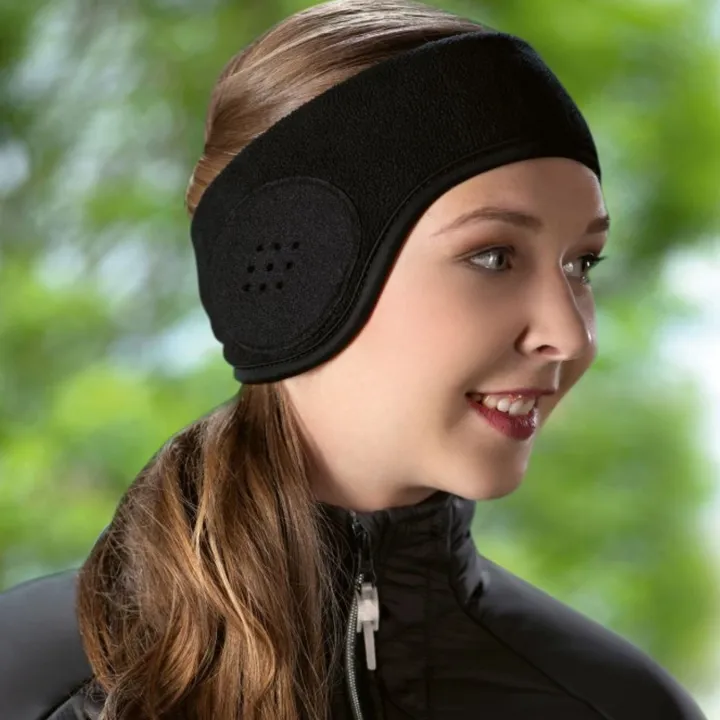
Visors & Peaks: Style with a Purpose
Visors do more than look polished. They shade eyes, reduce squinting into sun, and deflect drizzle. For cross-country or fast work, a skull cap + silk removes snag points while still allowing peak-style covers if you prefer. Many peaked helmets now use flexible or replaceable peaks designed to reduce risk in certain falls. Choose the look you love, but make sure it matches your discipline and training intensity.
Show Rules: Don’t Get Caught Out
Governing bodies update accepted standards over time. Before you buy, check your discipline’s rulebook (dressage, show jumping, eventing, pony club, riding club). Some require specific standards or expiry windows for tags. The benefit of shopping from EQUESTRIAN HEADWEAR is straightforward filtering and descriptions that flag competition suitability, so you arrive at the warm-up with one less worry.
Everyday Practicalities: Harness Design, Hair, and Sunglasses
- Harness: A softly padded chinstrap reduces rub; a rear cradle or dial stabilises without cranial squeeze.
- Hair: Hair nets keep bulk predictable. If you alternate hair up/down, consider a liner kit to maintain fit.
- Eyewear: Try your sunglasses with the helmet; check temple pressure and that the brim doesn’t clip frames over fences.
These small checks convert “fine” into “great, where’s my girth?”
Care & Replacement: Make It Last (and Know When to Let Go)
- After rides: Air-dry on a shelf, not a hot car. Wipe shell with a damp cloth; wash liners per instructions.
- Storage: Helmet bags protect from scuffs and bouncing tack.
- Impacts: If you fall and your helmet hits anything, retire it — even if damage isn’t visible. EPS is single-impact.
- Timeline: Replace every 3–5 years (sooner with heavy use) due to sweat, UV, and material fatigue.
Treat your helmet like a parachute: it only has to work once, but it must work perfectly.
Style That Travels: From Schooling Yard to Show Ring
You can have safety and aesthetics. Matte blacks are universally smart; suede-look finishes photograph beautifully; gloss pops under arena lights; subtle crystals or piping add personality without clashing with turnout rules. The EQUESTRIAN HEADWEAR edit balances classic and contemporary so you can look ring-ready without fuss.
Weather Playbook: Rain, Heat, and Cold
- Rain: Peaks help; hydrophobic shells resist spotting. Dry thoroughly afterward to protect adhesives.
- Heat: Prioritise airflow, moisture-wicking liners, and lighter colours if allowed.
- Cold: Use slim under-helmet beanies designed for riding (no thick seams); never compromise harness fit to cram in layers.
Comfort is safety — distraction drops when your head is happy.
Budgeting: Where to Spend, Where to Save
Spend on fit and certification. Save on cosmetic extras you won’t use. A mid-range, well-vented, certified lid that fits perfectly will outperform a flashy, ill-fitting one every day of the week. Because EQUESTRIAN HEADWEAR spans price points, you can lock in essentials first and upgrade trims later.
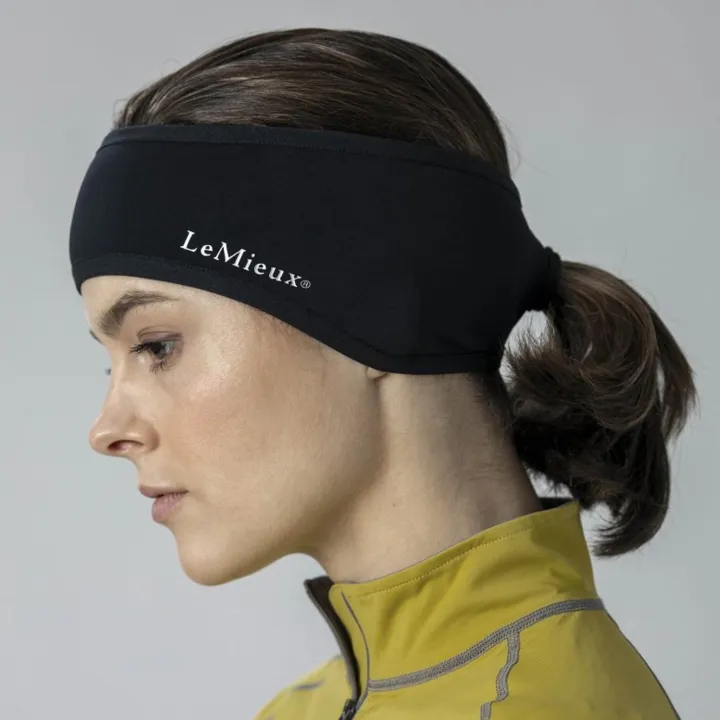
Quick Fitting Checklist (Print-Friendly)
- Level on the head; eyebrows visible.
- Even pressure all around; no pressure points.
- Doesn’t rock with gentle shakes.
- Chinstrap: one-finger rule; V-straps clear ears.
- Vision: brim doesn’t block view when hands are carried correctly.
- Try with hair and eyewear you actually ride in.
Nail these and your rides feel better from the first warm-up circle.
Conclusion
A great helmet disappears into the ride: quiet, cool, stable, and rule-ready. Choose by standard first, then by fit and ventilation, then by silhouette and style. Keep it clean, retire it after a knock, and refresh within a sensible time window. With the curated range in EQUESTRIAN HEADWEAR, dialing in a safe, comfortable, and handsome lid is straightforward — more time for lines, rhythm, and that perfect distance.
FAQ
- How tight should my riding helmet feel?
Snug, even pressure all around with no hot spots. It shouldn’t leave a deep mark after a short try-on, and it shouldn’t move when you shake your head gently. - Do I need MIPS or similar rotational tech?
It’s an added feature designed to address certain angled impacts. Not mandatory everywhere, but worth considering if you ride fast work or jump frequently. - Can I keep a helmet after a fall if it looks fine?
No. The EPS liner is single-impact. Replace it after any knock where your headgear hit the ground, fence, or horse. - Peak or skull — which is safer?
Safety comes from certification and fit. Peaks add sun/rain utility; skull caps are snag-minimal and popular for eventing. Choose for discipline and comfort. - How often should I replace my helmet if I haven’t fallen?
Typically every 3–5 years, sooner with heavy use or visible wear. Sweat, UV, and temperature cycles age materials. - Can I wear a beanie under my helmet in winter?
Only thin, purpose-made under-helm caps that don’t alter fit or harness security. Never stack bulky hats under a helmet. - What if I ride with hair up sometimes and down other days?
Test both and adjust with liner pads. Consider keeping a “hair-up” liner in your bag so fit stays consistent. - Any cleaning no-nos?
Avoid solvents and strong heat. Hand-wash liners; wipe shells with mild soap and water; air-dry out of direct sun.


